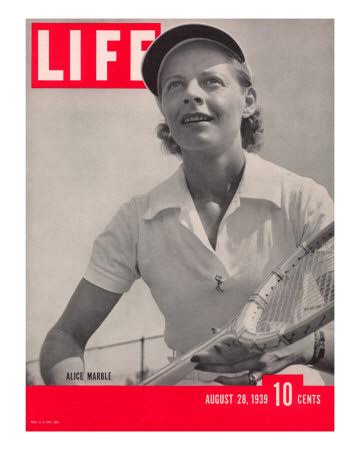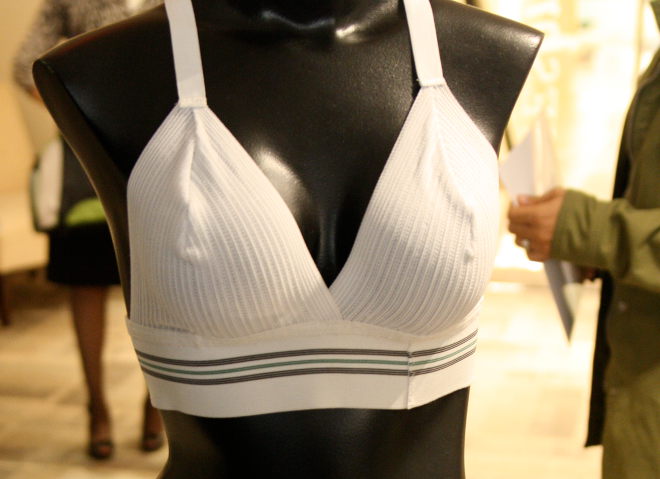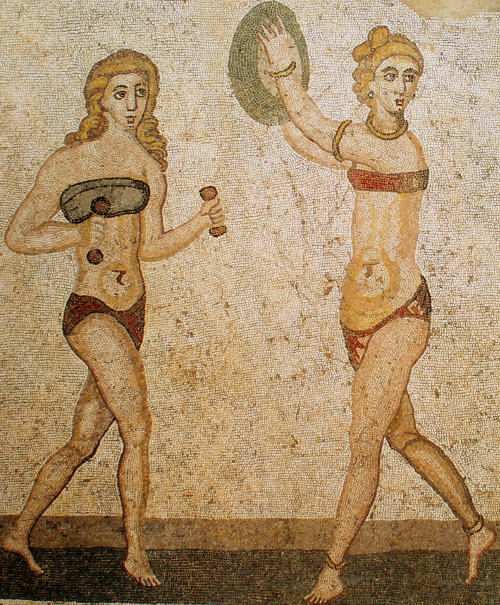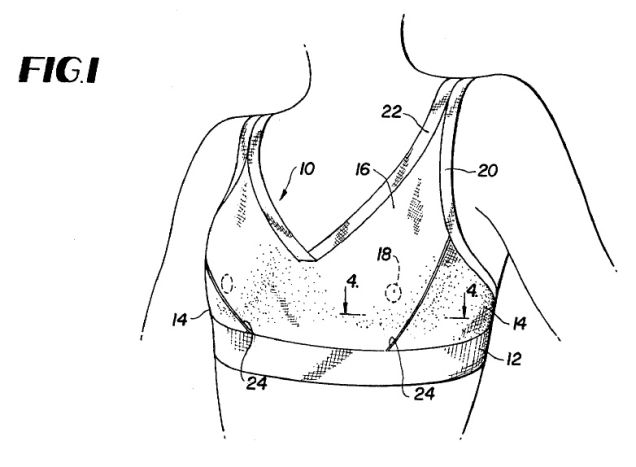Sweatbands, Lycra And Sportsbras: How Women’s Sportswear Helped Push Gender Equality Forward


Brought to you by Miss Shop Myer
Miss Shop girls are running the show this season, and we teamed up with them to explore the history behind five iconic looks. Run With Us here.
–
Choosing women’s sportswear can feel like weirdly serious business. The word “support” is tossed around so much you’re not even sure what it means anymore, and it’s a struggle to find runners that don’t look like a melted Rainbow Paddle Pop.
The sweet tyranny of choice is frustrating, but let’s put it into perspective: it was only recently that women had a far tougher sportswear fight on their hands.
Here’s how leisurewear contributed not only to the participation of women in competitive sport, but also to autonomy over the health and movement of their bodies.
Sportswear In Antiquity
Before the world lost its mind over women showing their bodies and playing sport, there was a halcyon age of sportswear that almost everyone forgets even happened. While Athenian ladies were married off creepily young, kept indoors and draped in layers of cloth back around 150BC, Spartan women were busy wrestling, managing property, and exercising in tunics that let them actually move.
Spartan princess Cynisca became the first woman in world history to win at the Olympic Games in 396BC, taking out the four-horse chariot race twice. Granted, she wasn’t allowed to see her chariot team perform at Olympia because of the sexist Greeks, but she still owned and trained the horses herself — all the while wearing kicky little tunic-and-sandal combos.
A mosaic at the Villa Romana del Casale in Sicily depicts a series of women clad in tight bandeaus and high-cut briefs – which is possibly the first representation of women wearing clothes for freedom of movement. (Too bad it was the heinus sports bra/bike shorts look.) The mosaic has been nicknamed ‘the bikini girls’, which is ridiculous garbage because the “girls” are clearly depicted tossing discuses, lifting weights and being crowned with laurels for their athletic prowess.
Enter The Headband
While you’d be forgiven for thinking the sweatband started and ended with Olivia Newton John, French tennis legend Suzanne Lenglen was sporting one almost sixty years earlier. A headband seems like a fairly innocuous accessory, but even this had the Brits clutching their pearls. The vague reasoning behind the fury made as much sense as your average YouTube commenter: women should not be exerting themselves enough to mess up their hair.

Before Lenglen claimed the women’s Wimbledon Championship in 1919, serious competition wasn’t really a thing on the ladies’ tennis court. They were allowed to play, but not break a sweat. Difficult, when you consider the dress requirements included skirts, corsets, puffy blouses and idiotic hats. So when Lenglen swooped in with her powerful overhand serves, sleeveless shirts, short(ish) skirts, mid-match cognacs and colourful headbands that held back her over-exerted hair, the world was floored.
The French press, with Lenglen’s encouragement, called her La Divine. The British, while horrified by her taste for brandy and unladylike ways, eventually got behind her style and talent. Considered the world’s first female sporting star, Lenglen picked up 31 Championship titles between 1914 and 1926.
–
The Woman In Shorts
When it comes to activewear for women, tennis was the most influential sport largely because it was the only one that was open to them. American Alice Marble was another pre-war tennis champ; she was also associate editor of DC Comics’ Wonder Woman and US spy. If she sounds badass it’s because she was.

Image via Life Magazine.
Marble won 18 Grand Slam championships; she didn’t die after being shot by a Nazi spy; she introduced the ‘Wonder Women of History’ series to DC Comics; and she championed racial integration in tennis — all while suffering a relatively petty fight for the right to wear shorts. Well before the likes of Venus Williams, Marble was dubbed the “streamlined Venus of the tennis courts”.
In the 1890s, women won the battle to a) ride bikes publicly and b) wear ridiculously heavy bloomers while doing it, but it wasn’t until the mid-’30s that pants really began to reflect the needs of the physically active woman. In 1933, Coco Chanel started making streamlined riding jodhpurs for women and undid the laces of Victorian corsetry, liberating women with her sporty, elegant silhouettes. Here the quick-to-rise popularity of pants and no-frill culottes gave women the means to pursue popular sports like golf, hunting, running, skiing and cycling.
Woman, wrote Simone de Beauvoir in the late 1940s, was beginning to know more than ever before “the joy of developing her body through sports, gymnastics, baths, massage, and health diets”.
Thank Oprah For Your Sports Bra
It’s incredible that it then took so long after that for us to move onto what Liz Lemon describes as the “top front”. The first real sports bra was created in 1977 under unlikely circumstances: costume designer Lisa Lindahl and her friend Polly Smith mashed up the prototype out of two jockstraps, to create what they dubbed a ‘jockbra’, and ended up down the marketing line as a ‘Jogbra’. “Mum! I can’t find my jogbra! I need it for netball!” Imagine?

The Jogbra. (Via SportingChanceInitiative.co.uk)
But it wasn’t till 2001 when the Enell sports bra – the first to be backed by considerable research – was introduced to Oprah, who had to be coaxed into trying it on. Oprah ended up loving the bra so much she featured it on her show and in her O Magazine and the rest, as they say, is history.
The sports bra was officially a sensation, giving women a freedom unprecedented in the history of women’s sports; one that didn’t involve any breast binding or double-bra situations.
Spandex And The Birth Of Modern Sportswear
Originally designed for the strong circus man, Jule Léotard’s 20th century creation was pounced on by mainstream fashion in the 1970s. Used as both exercise and street wear, the revitalised leotards hugged women’s bodies in glorious neons, while nylon and spandex let them move freely.
Things really took off in 1982, when Jane Fonda became the face of aerobics in her iconic leg warmers and mesmerising striped leotards. As former model and Hollywood star, Fonda combined fashion with functionality in women’s exercise. More importantly, Jane Fonda sparked a global movement which saw, for the first time, millions of women exercising in groups or from the convenience of their home: all with the desire to take control of their bodies through exercise.

The freedom sportswear represents has been essential to feminism at every epoch and for that, stinky gymwear, we salute you.
–
Join the movement: #werunthis
–
Megan Anderson is a Melbourne-based freelance journalist and online editor for Going Down Swinging.
Feature image by Patrick Kovarik at AFP, for Getty.

